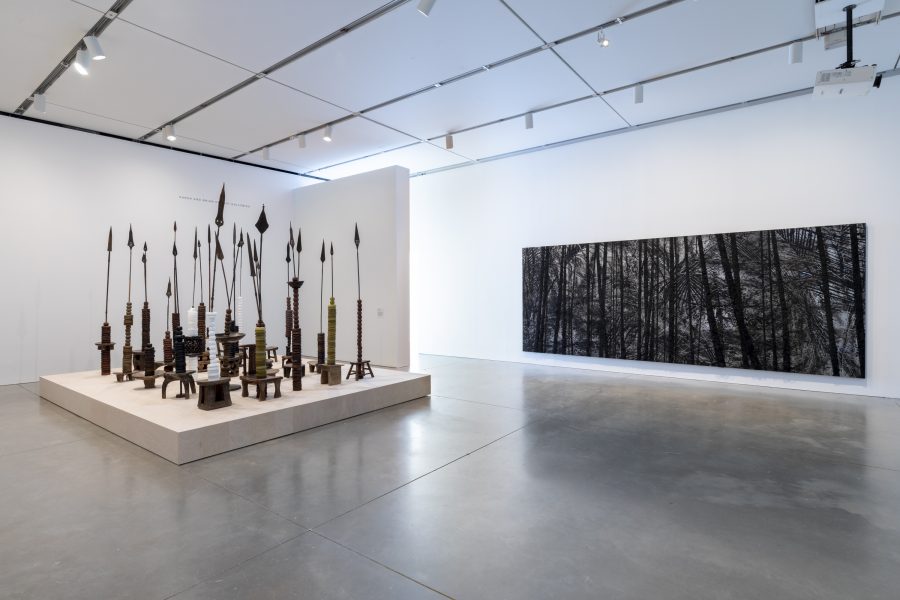
Installation view, Forecast Form: Art in the Caribbean Diaspora, 1990s–Today, the Institute of Contemporary Art/Boston, 2023–24. Photo by Mel Taing.

Installation view, Forecast Form: Art in the Caribbean Diaspora, 1990s–Today, the Institute of Contemporary Art/Boston, 2023–24. Photo by Mel Taing.
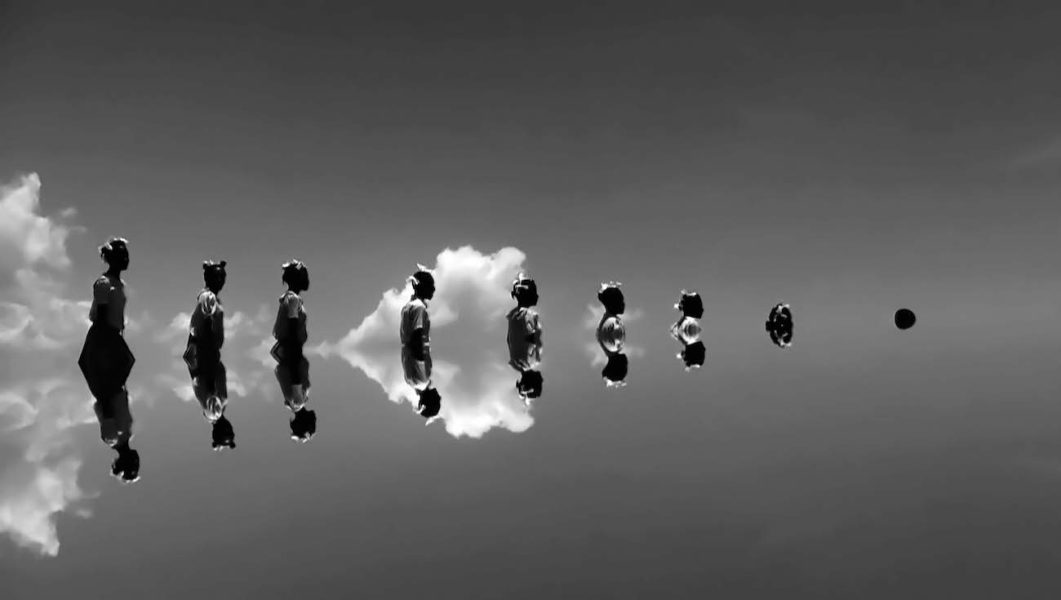
Jeannette Ehlers, Black Bullets (still), 2012. Video (black-and-white, sound; 4:33 minutes). Sound: Trevor Mathison; Technical Assistance: Markus von Platen; Camera: Jette Ellgaard & Jeannette Ehlers. Private collection. Courtesy the artist. © Jeannette Ehlers
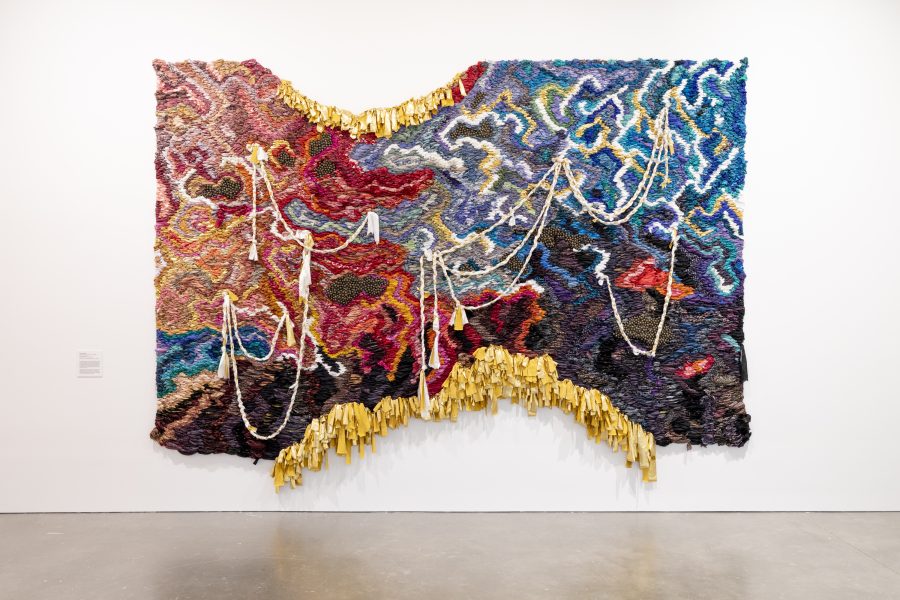
Suchitra Mattai, An Ocean Cradle, 2022. Installation view, Forecast Form: Art in the Caribbean Diaspora, 1990s–Today, the Institute of Contemporary Art/Bosto…
View full credits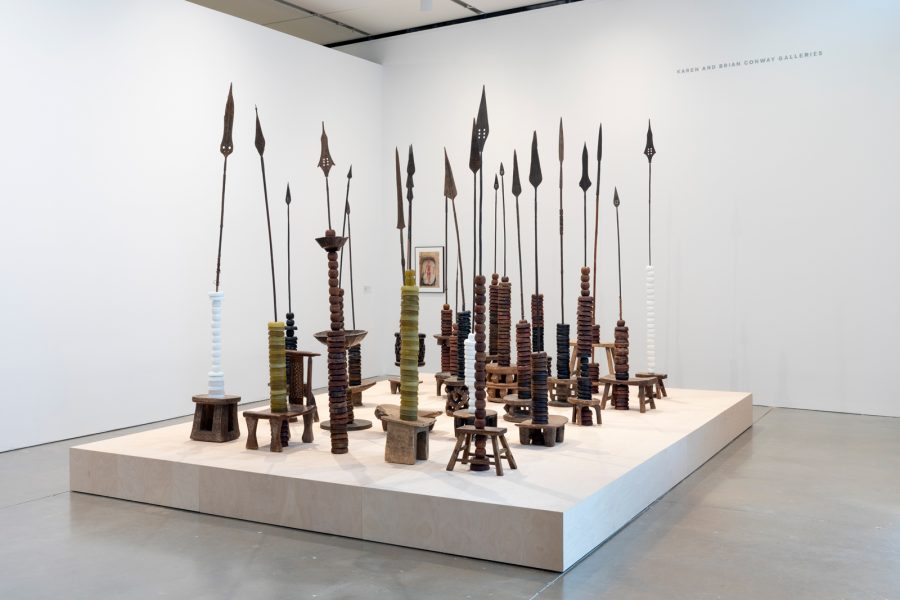
María Magdalena Campos-Pons, Sugar/Bittersweet, 2010. Installation view, Forecast Form: Art in the Caribbean Diaspora, 1990s–Today, the Institute of Contemporary Art/Boston, 202…
View full credits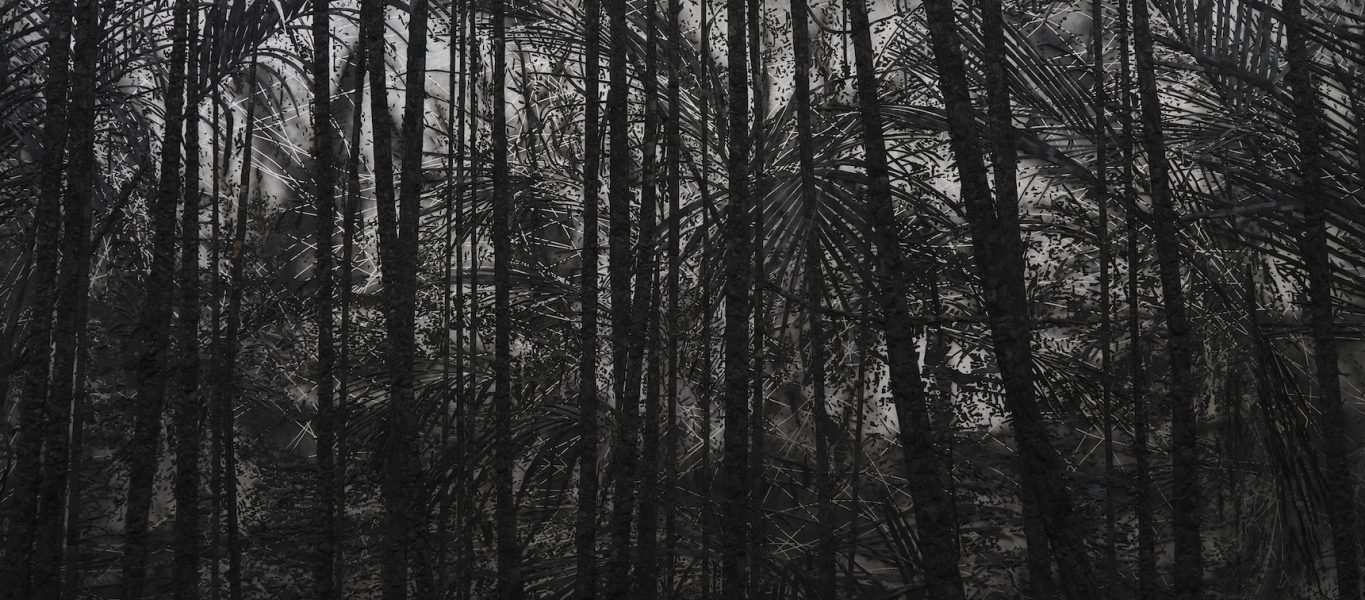
Teresita Fernández, Manigua(Mirror), 2023. Solid charcoal, black sand, and mixed me…
View full credits
Deborah Jack, the fecund, the lush and the salted land waits for a harvest…her people… ripe with promise, wait until the next blowing season, 2022. Installation view, Forecast Form: Art in the Caribbean Diaspora, 1990s–Tod…
View full credits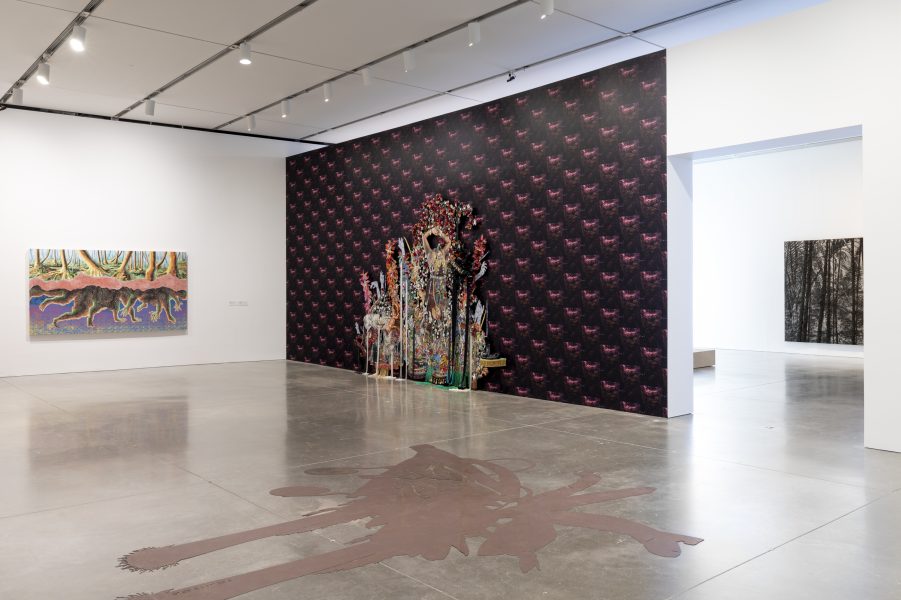
Installation view, Forecast Form: Art in the Caribbean Diaspora, 1990s–Today, the Institute of Contemporary Art/Boston, 2023–24. Photo by Mel Taing.

Installation view, Forecast Form: Art in the Caribbean Diaspora, 1990s–Today, the Institute of Contemporary Art/Boston, 2023–24. Photo by Mel Taing.

Jeannette Ehlers, Black Bullets (still), 2012. Video (black-and-white, sound; 4:33 minutes). Sound: Trevor Mathison; Technical Assistance: Markus von Platen; Camera: Jette Ellgaard & Jeannette Ehlers. Private collection. Courtesy the artist. © Jeannette Ehlers

Suchitra Mattai, An Ocean Cradle, 2022. Installation view, Forecast Form: Art in the Caribbean Diaspora, 1990s–Today, the Institute of Contemporary Art/Bosto…
View full credits
María Magdalena Campos-Pons, Sugar/Bittersweet, 2010. Installation view, Forecast Form: Art in the Caribbean Diaspora, 1990s–Today, the Institute of Contemporary Art/Boston, 202…
View full creditsForecast Form: Art in the Caribbean Diaspora, 1990s–Today gathers artworks by 28 artists connected to the region, including standout works by María Magdalena Campos-Pons, Teresita Fernández, Felix Gonzalez-Torres, Deborah Jack, Ana Mendieta, Suchitra Mattai, Lorraine O’Grady, and Ebony G. Patterson. Full of new ideas, this far-reaching and evocative exhibition looks at the complexities of the region with “rigor, beauty, and aplomb” (Art in America).
The exhibition is anchored in the concept of diaspora, the dispersal of people through migration both forced and voluntary. Here, diaspora is not a longing to return home but a way of understanding that we are always in movement and that our identities are in constant states of transformation. Works on view explore how much of our personal and collective histories we carry in our bodies and how art-making can reflect cross-cultural exchanges.
The profound social and political transformations of the 1990s form the cultural backdrop of the exhibition. The emergence of globalization and multiculturalism at that time led to debates around identity and difference that influenced stereotypical perceptions of the Caribbean as an exotic tropical paradise.
Challenging conventional ideas about the region, which is constituted by more than 700 islands and landmasses, Forecast Form reveals new ways of understanding the Caribbean as a place defined not by geography, language, or ethnicity, but by constant exchange, displacement, and movement.
Please note:
Stop by the ICA’s Poss Family Mediatheque to read about five artists of Caribbean heritage living and working in Boston and their impact on the city. Featured artists include J. Cottle, Allentza Michel, Yvette Modestin, Mar Parrilla, and Romy Saint Hilaire.
Digital content is presented in partnership with Romy St. Hilaire, founder of Art in the Antilles, which supports Afro-Caribbean artists to equitably navigate the creative economy.
The audio in this artwork consists of a woman speaking about mining salt as a youngster, string music, excerpts from a 1948 Dutch documentary on St. Maarten, and the sound of the ocean.
[music]
You know, I am—I can tell a little bit about the salt pond, what I know. In that time, in the salt pond time, they were good times. They were good times. The people was very industrious. And they didn’t have nothing, no other alternative but the salt pond. And everybody, everybody used to work their own garden. Everybody worked their own garden.
And when the time come for the salt, because you had to . . . You couldn’t leave the salt pond, just run like that, the sea go in, come out, go in, come out. They had—it had to be taken care of.
[music]
The audio in this artwork consists of howling winds as well as excerpts from Burning Spear’s song “Columbus” and the 1984 documentary Africa: A Voyage of Discovery.
SPEAKER 1: The meeting place of the old world and the new was here.
[music]
Not the discovery of a brave new world. Not glorious Spanish conquistadors. The plantations, which followed Columbus and slavery. Contact with Europe is still seen as having brought with it little but disease, servitude, and deprivation. The destruction of Native peoples and culture.
SPEAKER 2: What about the Arawak Indians? What about the Arawak Indians?
SPEAKER 1: Contact with Europe is still seen as having brought with it little but disease, servitude, and deprivation.
SPEAKER 2: The Indians couldn’t hang on no longer. The Indians couldn’t hang on no longer. Here comes Black man and woman and children. Here comes Black man and woman and children.
SPEAKER 1: Not the discovery of a brave, new world. Not glorious Spanish conquistadors. The plantations, which followed Columbus and slavery.
SPEAKER 3: They were replaced by African slaves.
SPEAKER 2: What about the Arawak Indians? What about the Arawak Indians?
SPEAKER 3: Contact with Europe is still seen as having brought with it little but disease, servitude, and deprivation.
SPEAKER 2: What about the Arawak Indians? The Indians couldn’t hang on no longer. Here comes Black man and woman and children. Here comes Black man and woman and children.
SPEAKER 3: The overseas economies of European powers like England, France, Holland, and Portugal. The overseas economies of European powers like England, France, Holland, and Portugal profited mightily from sugar and from the slave trade needed to produce it.
SPEAKER 2: The Indians couldn’t hang on no longer. Here comes Black man and woman and children. The Indians couldn’t hang on no longer. Here comes Black man and woman and children.
SPEAKER 3: The meeting place of the old world and the new was here. The meeting place of the old world and the new was here.
SPEAKER 1: Not the discovery of a brave new world. Not glorious Spanish conquistadors. The plantations, which followed Columbus and slavery.
SPEAKER 3: Contact with Europe is still seen as having brought with it little but disease, servitude, and deprivation.
SPEAKER 1: The destruction of Native peoples and culture.
SPEAKER 2: What about the Arawak Indians? What about the Arawak Indians?
SPEAKER 3: Contact with Europe is still seen as having brought with it little but disease, servitude, and deprivation.
SPEAKER 2: The Indians couldn’t hang on no longer. The Indians couldn’t hang on no longer. Here comes Black man and woman and children. Here comes Black man and woman and children.
SPEAKER 1: Not the discovery of a brave, new world.
Forecast Form: Art in the Caribbean Diaspora, 1990s–Today was organized by Museum of Contemporary Art Chicago.

Major support for Forecast Form: Art in the Caribbean Diaspora, 1990s–Today was provided by The Andy Warhol Foundation for the Visual Arts.
The exhibition is curated by Carla Acevedo-Yates, Marilyn and Larry Fields Curator, with Iris Colburn, Curatorial Assistant, Isabel Casso, former Susman Curatorial Fellow, and Nolan Jimbo, Susman Curatorial Fellow.
The ICA/Boston presentation is coordinated by Jeffrey De Blois, Associate Curator and Publications Manager.
With warmest thanks, we gratefully acknowledge the generosity of the ICA’s Avant Guardian Society in making this exhibition possible.